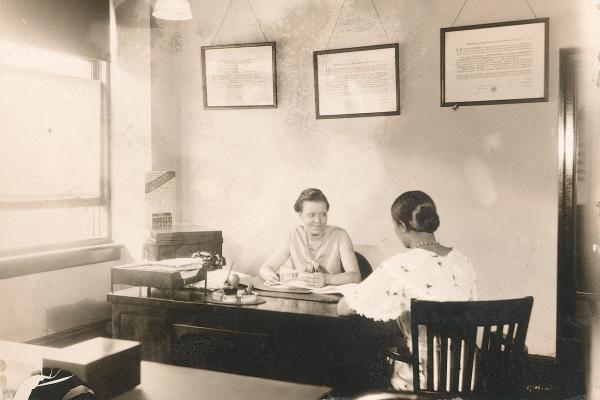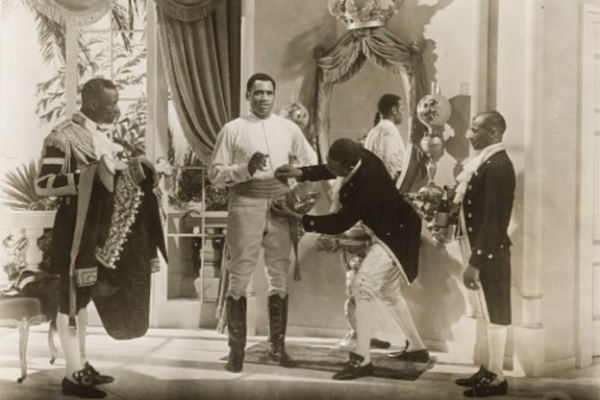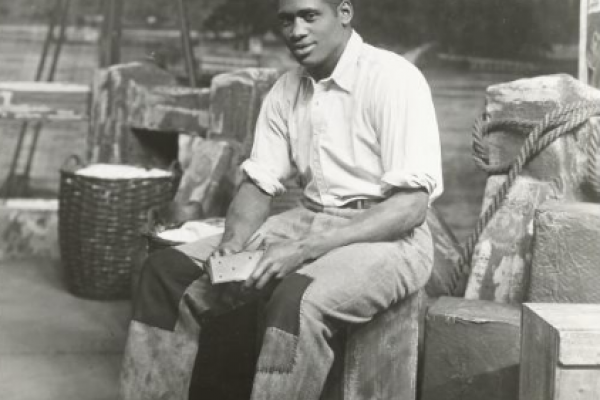Advanced Search
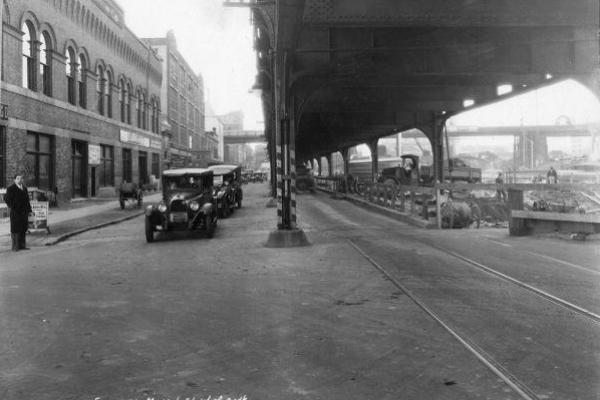
Shown here as it appeared in the Great Depression, the Market St. facade of the Wilson building, facing West Philadelphia’s Market St. Elevated.

Van Vechten was a leading patron of the Harlem Renaissance. Entranced by Paul’s singing of Negro spirituals, Van Vechten introduced the Robesons to his inner circle of friends, which included composer George Gershwin, writer Theodore Dreiser, publishers Alfred & Blanche Knopf, financier Otto Kahn, and dancer Adele Astaire.

J.M. Brewer’s Map of Philadelphia, 1934.
Brewer was the Metropolitan Life Insurance Company’s chief appraiser for the Philadelphia district. His detailed block-level map, printed in two sections, North and South, was used by the federal Home Owners’ Loan Corporation (HOLC), whose redlining maps were to govern the nation’s home-lending policies and practices for the next three decades.
Brewer’s color-coded map shows Haddington’s population as African American (brown), excepting a small concentration of Italians (green). In the redlining scheme, the neighborhood had a D rating, which would disqualify it for federally insured mortgages or housing conservation.
Italians dominated the blocks west of 63rd St. below Haverford Avenue.
This 1934 Philadelphia Rapid Transit Company map shows the Market Street Elevated and Subway. The subway in West Philadelphia would not be completed until 1955.
This photo from 1934 shows the Hospital of the University of Pennsylvania (HUP) in the left-to-right foreground as it spreads out along 34th Street near that street’s intersection with Spruce Street, standing opposite the University Museum of Archeology and Anthropology. The white horizontal building marks the divide between HUP and the Philadelphia General Hospital (PGH, center left).
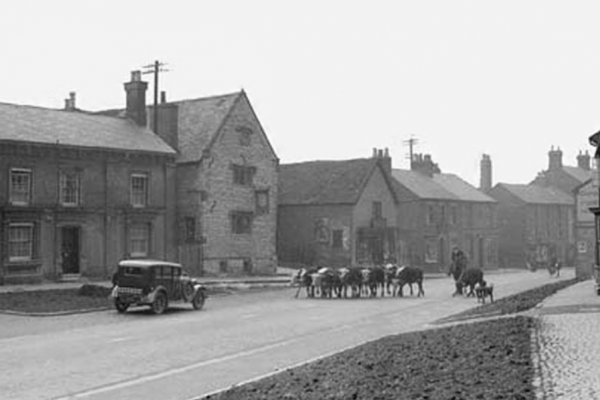
This archival photograph from Southam, England, shows cattle droving on a town road. Apropos of Landcaster Ave. and the Owen Jones Drove Yard, this proxy image illustrates drovers’ use of town roads on the way to drove yards.

The city’s location of this monument in a seldom-visited corner of West Fairmount Park in the 1930s was an insult to black war veterans. Sixty years would pass before this injustice would be rectified. In 1994, the statue was relocated in a place of honor in Logan Square.
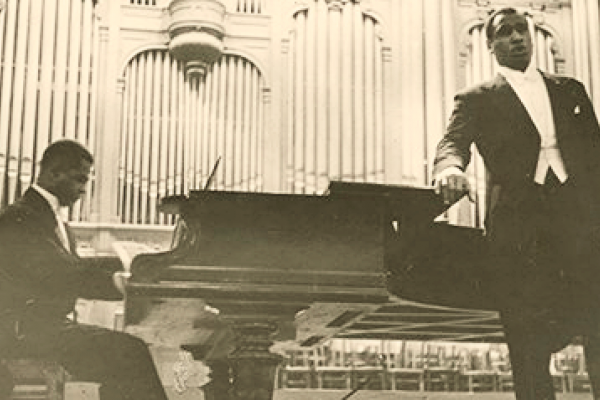
Paul Robeson accompanied by pianist Lawrence Brown in Moscow, Soviet Union.
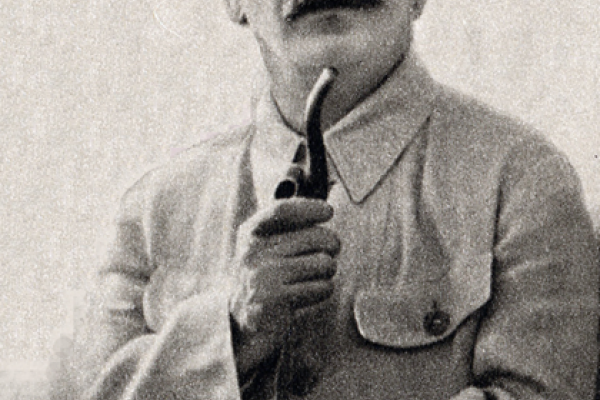
Joseph Stalin, General Secretary of the Communist Party of the Soviet Union. 1937 photo for state propaganda purposes. Paul Robeson seemed unaware of Stalin’s disastrous policy of agricultural collectivization, 1928–33, and the millions of lives it cost and the labor camps (gulags) it spawned. Whatever doubts or criticisms he may have harbored about Stalin’s manic paranoia and horrific political cleansings, they were never publicly expressed. It didn’t help Robeson’s stature at home when he joined W.E.B. Du Bois and other leftists in cabling salutations to Stalin on his 70th birthday. After Stalin’s death in 1953, Robeson continued his advocacy for the Soviet Union.
